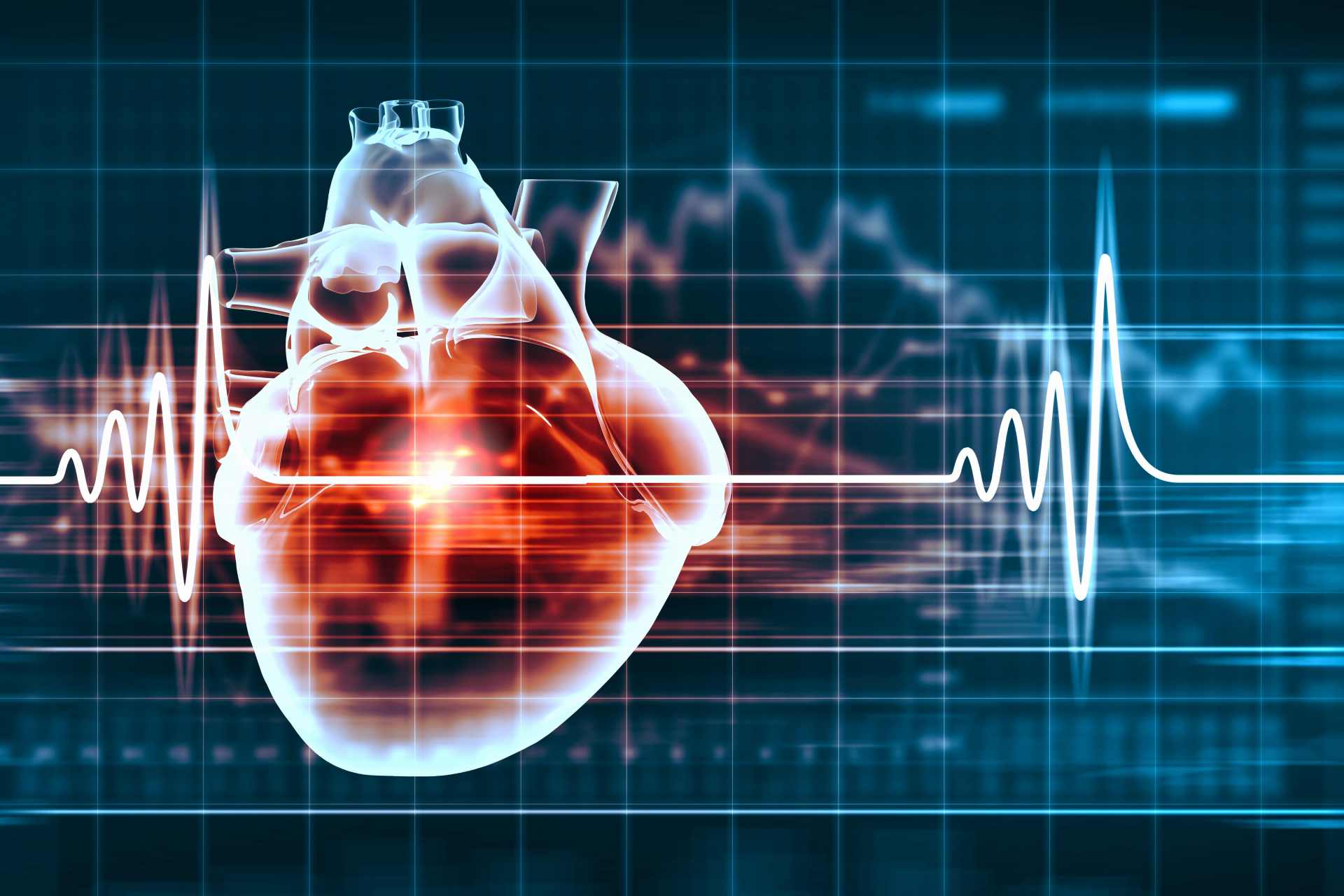
Normal vs. Dangerous Heart Rate: An Overview
Overview
Heart or Pulse is the number of times the heart beats per minute. This happens due to the contractions of the heart per minute. A normal resting heartbeat varies between 60-100 beats per minute. Abnormal Heart Rates or Heart Beats reflect the cardiac conditions of the body. If unnoticed and untreated, this can sometimes be fatal. Conditions when the heartbeat goes beyond 120-140 beats per minute or falls below 60 beats per minute, can be considered dangerous, and immediate doctor's intervention is a must.
Introduction
The contractions of the heart help the heart to pump deoxygenated blood to your lungs for oxygenation and the oxygenated blood via the aorta to the different organs of the body. Studies have shown that a lower heart resting rate reveals better cardiovascular function. On the other hand, a faster heartbeat indicates incomplete filling of the chambers of the heart and poor cardiac output. Trained athletes have comparatively lower heart rates as they undergo regular cardiac training and exercise and have a healthy body and good cardiac output. You can measure your heartbeat by simply measuring your pulse on your wrist. You can do this by holding your index finger and thumb between the bone and tendon on your radial artery. You can count the number of beats for 15 seconds and multiply it by 4 to get the beats per minute. Conditions such as Tachycardia, when the heartbeat is too fast, and bradycardia, when the heartbeat is too slow, may happen, but usually, several underlying factors are responsible for such conditions.
Heart Beat varies with age. Children have a faster heartbeat as compared to adults. For a healthy adult, the average resting heartbeat is around 72 beats per minute. However, the following factors affect the resting Heart rate and must be monitored closely.
- Age -Children have a higher heart rate compared to adults. For an adult, the Heart rate varies between 72-78 beats per minute.
- Body Fitness Level, i.e., sedentary or active lifestyle - It is often found that persons with a long-term sedentary lifestyle may suffer from cardiac diseases and have abnormal heartbeats.
- Smoker/non-smoker-Smokers tend to have higher resting heart rates as compared to normal persons. This can be corrected by quitting all kinds of smoking.
- Diabetes, hypertension, and heart disease- All these underlying pathological conditions might lead to an increase in resting heart rate, conditions dangerous for the heart for a long time if untreated.
- Ambient Temperature- High surround temperatures may slightly increase the resting heart rate. But this condition usually comes down when the surrounding temperature goes down
- Obesity- People with increased body weight may have higher resting heart rate
- Medication- Consumption of medicines such as beta-blockers may decrease the resting heart rate.
Tachycardia
Tachycardia is a condition when the resting Heart rate is consistently above 100 beats per minute for a considerable period of time. This may be accompanied by fatigue, dizziness, and fainting-like symptoms. Tachycardia may be of the following types.
- Multifocal Atrial associated with moderate to severe lung disease.
- This type of Tachycardia occurs when a patient is suffering from a chronic obstructive pulmonary disease of the lungs.
- Pneumonia is when the lungs are severely affected, and oxygenation becomes a problem.
- Congestive heart failure is when the heart fails to pump adequate quantities of blood.
- Pulmonary embolism occurs when the main artery of the lung is blocked
- Lung cancer
- Lung failure
- Ventricular or Venus Tachycardia is associated with diseases like cardiomyopathy and coronary artery disease (CAD). The heart rate, in this case, goes up beyond 100 beats per minute, and this can lead to loss of consciousness, dizziness, and collapse.
- Sinus Tachycardia is associated with abnormalities of the SA node. The SA node sends electrical impulses to the heart, causing the heart muscles to contract, followed by relaxation. When the SA node fails to function properly, it sends abnormal rhythms, and the heart beats irregularly, leading to sinus tachycardia.
Bradycardia
This is a condition when the Heart rate remains below 60 beats per minute for a prolonged period of time. Long-term Bradycardia, if not treated, may lead to serious conditions. Some underlying reasons for Bradycardia may be prolonged medications using beta-blockers, sleep apnea, heart disease, age, and electrolyte imbalance.
Conclusion
We must always keep a watch on our Resting Heart Rate as it is a clear indicator of not only our cardiac health but also other underlying diseases. Whenever the Resting Heart Rate crosses the limit and enters the danger zone, we should closely monitor it. If other symptoms accompany it, then immediate medical intervention is needed. Dangerous Heart Beat always depends on certain factors-lifestyle, genetics, and pathological. If there is any family history of cardiac ailments, you must be more careful and get yourself checked at regular intervals. Also, any medications, if consumed for a long period of time, might lead to side effects that might affect the heartbeat pattern. Hence all medications must be reported to the physician from time to time and changed accordingly.






